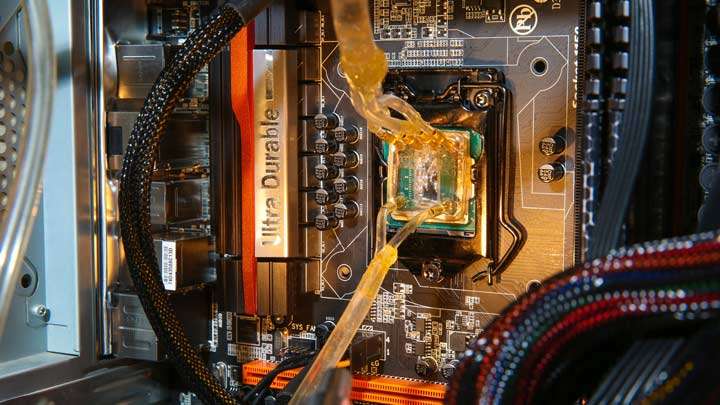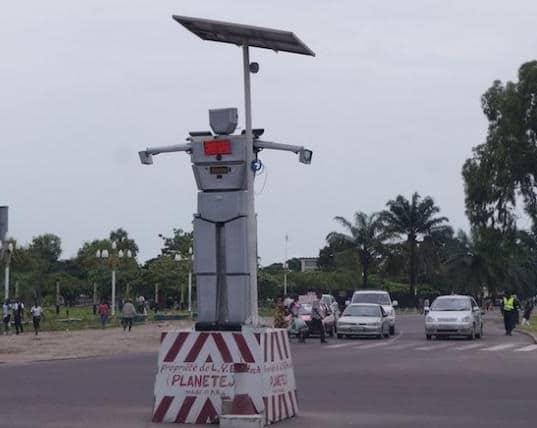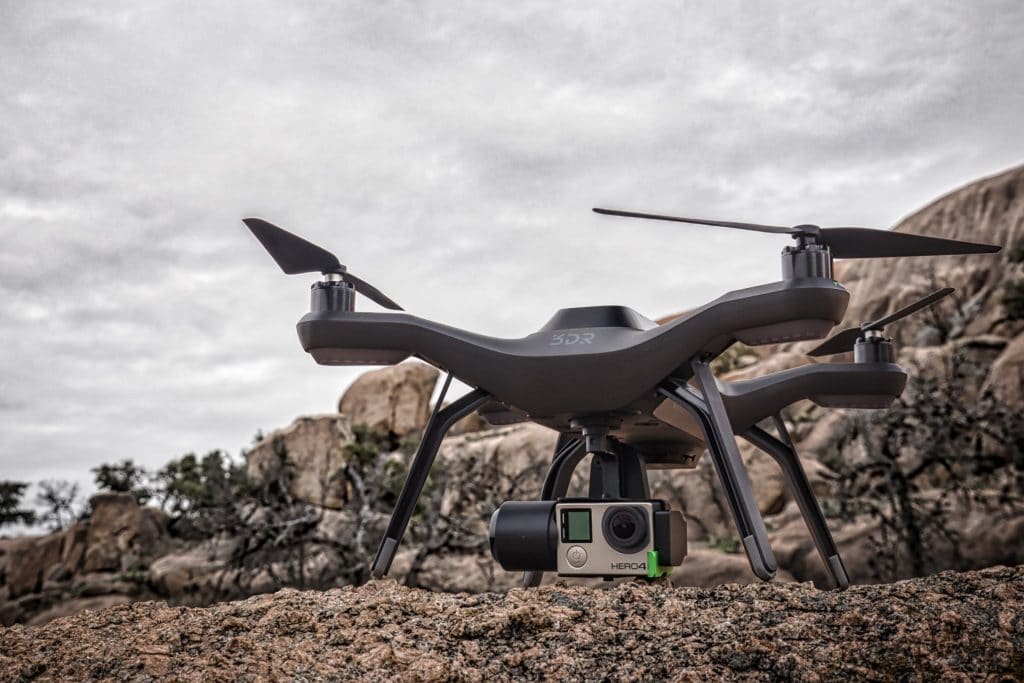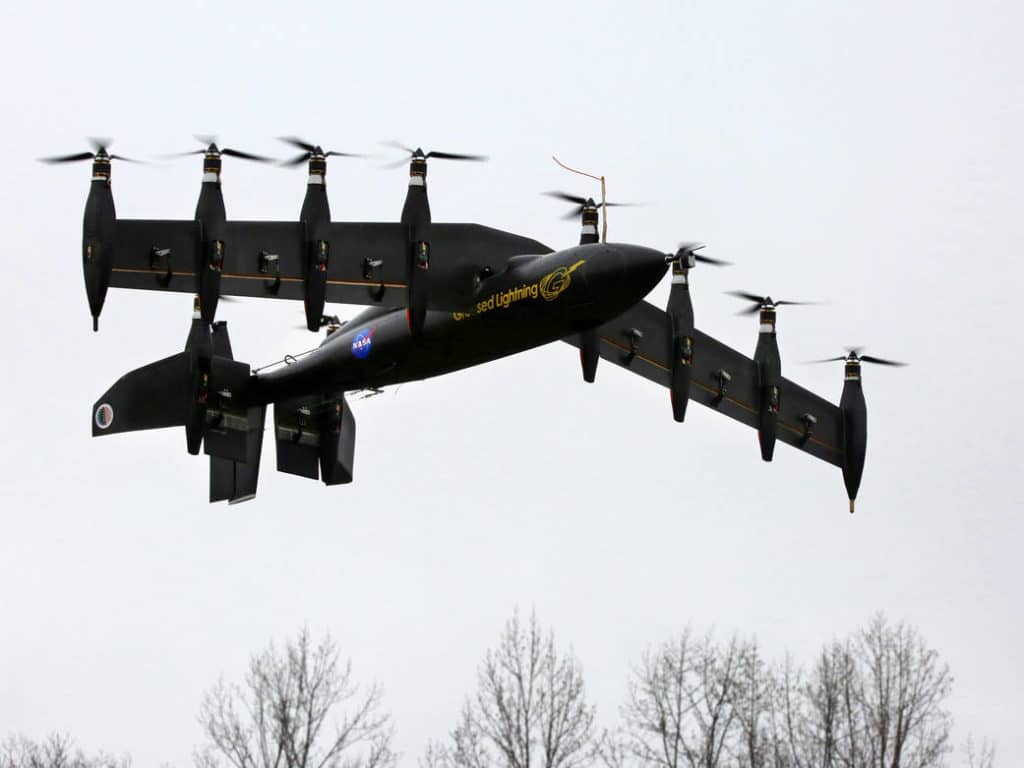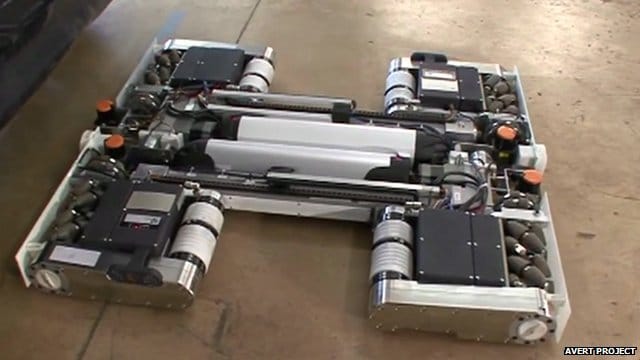Drones have been growing in popularity among professional filmmakers and photographers who would do just about anything to get the perfect shot, but a new drone has just been introduced to the market and is making it easier for even the newest of drone novices to capture stunning aerial shots on their own.
Thanks to 3D Robotics, the average consumer will finally be able to use his or her own drones to capture the type of shots that have long been reserved for those with years of experience piloting drones.
The $1,000 Solo drone offers a collection of helpful tools that make shooting with the drone easier while also providing new features that haven’t been available on drones in the past.
“We like to joke that we just turned Steven Spielberg into software,” Chris Anderson, the CEO of 3D Robotics, told NBC News.
That’s because the new features make it possible for anyone to capture the type of video that “a Hollywood director would approve of.”
“It has a simple controller, with a holder for your iPhone or iPad, which act as both the monitor for the drone and the remote control for the mounted GoPro camera,” Wired reports of the new drone.
It also features a panic button on the controller that will stop the drone in its tracks along with a flight simulator that will help new drone pilots learn how to control the flying device without risking serious damage to their $1,000 investment.
Other impressive features are the “follow me” mode that allows users to draw a path for the drone on the screen and the “Orbit” function that will cause the drone to create a perfect circular path around a selected object.
Solo is even making a way for drone users to capture stunning selfie videos.
With just one click, the GoPro camera will focus on the user as it flies away to create an epic selfie shot that would be much more difficult to get otherwise.
Perhaps the most innovative feature, however, will be the fact that the Solo drone is encouraging hackers to improve the software with their own tech skills.
Solo is being sold as an open platform, which will allow users to freely tinker with the hardware and software.
The Solo’s release comes at just the right time as more and more consumers are getting swept away in the drone wave.
In 2014, consumers spent $69 million on drones, and they are expected to spend more than $100 million in 2015 on the devices, according to the Consumer Electronics Association.





